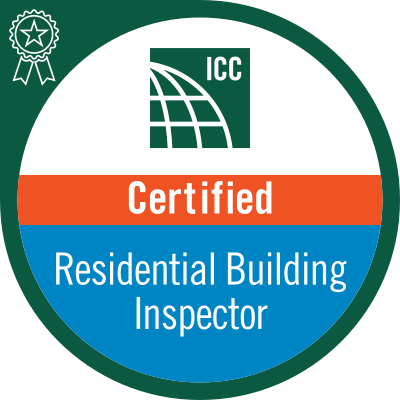Vermiculite
by Nick Gromicko, CMI®

Vermiculite is a naturally occurring mineral composed of shiny flakes that resemble mica. When heated rapidly to a high temperature, this crystalline mineral expands into low-density, accordion-like strands. In this form, vermiculite is a lightweight, odorless and fire-resistant material that has been used in numerous applications, such as insulation for attics and walls.
Asbestos Contamination
Vermiculite forms over millions of years due to weathering of the mineral biotite. Unfortunately, biotite deposits are often in close proximity to deposits of diopside, which transform into asbestos due to the same weathering processes that create vermiculite. Asbestos can be easily inhaled because it tends to separate into microscopic particles that become airborne. Exposure to asbestos can result in lung cancer, mesothelioma, inflammation of the chest cavity, and a scarring disease of the lungs known as asbestosis. The risk of contracting these diseases generally increases with the duration and intensity of exposure to asbestos, and smokers may face an even greater risk of lung cancer.
The largest and oldest vermiculite mine in the United States was started in the 1920s near Libby, Montana. Although it was known that the vermiculite there was contaminated with tremolite, a highly toxic form of asbestos, the mine continued to operate until stiffer environmental controls finally forced it to close in 1990. Sadly, by this time, the damage had already been done; the asbestos-infused insulator had been installed in tens of millions of homes in the United States alone. As over 70% of all vermiculite sold in the U.S. from 1919 to 1990 originated from the Libby mine, it is safe to assume that all vermiculite insulation found in buildings is toxic.
Identification
Vermiculite insulation is a pebble-like or rectangular, chunky product about the size of a pencil eraser, and usually gray-brown or silver-gold in color. Inspectors should be on guard for empty bags in the attic that bear the name Zonolite®, as this was the commercial name for vermiculite mined in the notorious Libby mine.
What should be done about asbestos found in homes?
Inspectors should advise their clients to never disturb vermiculite or any asbestos insulation. These products must be airborne to cause a health risk through inhalation, which most likely happens when they are removed or handled. The following are some additional tips that inspectors can pass on to clients with vermiculite issues:
- Consider that contractors may track vermiculite into the house if they have to enter the attic.
- Dispose of waste and debris contaminated with asbestos in tight containers.
- Do not allow children to play in an attic.
- Do not launder clothing exposed to vermiculite with family clothing.
- Do not overreact. According to the National Institute for Occupational Safety and Health (OSHA), asbestos-related illnesses are usually the result of high levels of exposure for long periods of time. Left undisturbed in the attic, asbestos is generally not a life-threatening situation. Furthermore, air generally flows into the attic from the house, and not the other way around.
- Do not use the attic as a storage area.
- Hire a professional asbestos contractor before remodeling or renovating if these processes may disturb the vermiculite.
- Never use compressed air for cleaning around vermiculite. Avoid dry-sweeping, vacuuming, shoveling, or other dry clean-up methods. Wet methods are best.
- Seal cracks and holes in attics, such as around light fixtures and ceiling fans, where insulation may pass through.
- Use proper respiratory protection. Disposable respirators or dust masks are not appropriate for avoiding asbestos exposure.




Leave a Reply
Want to join the discussion?Feel free to contribute!